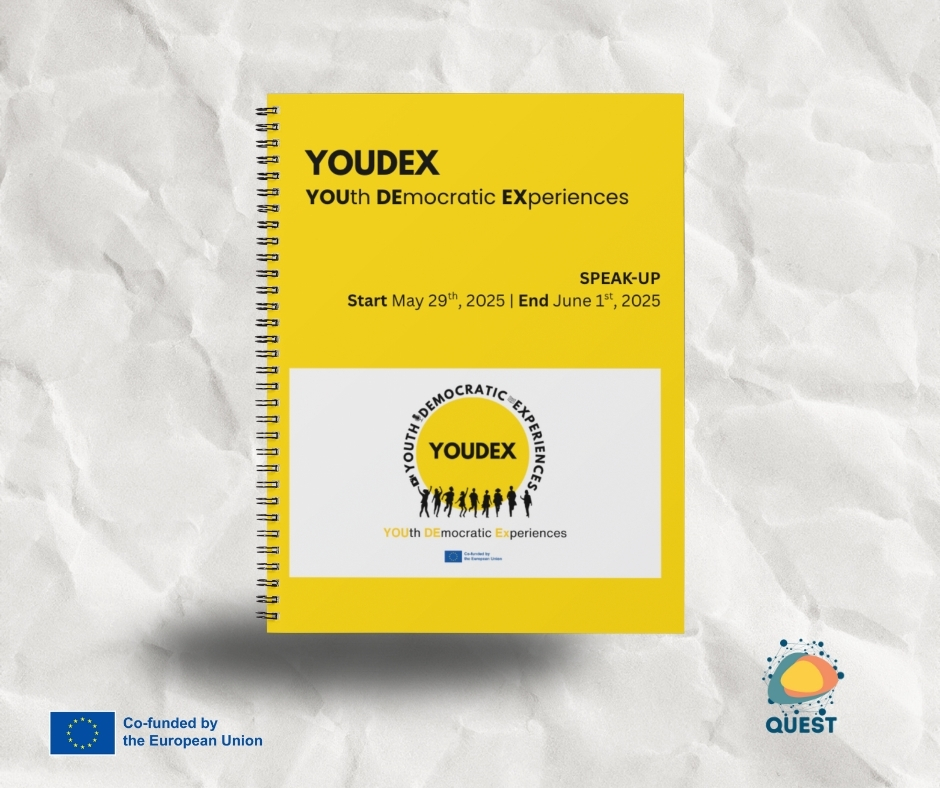Digital technologies increasingly populate our lives, and education makes no exception. Schools in the EU become ever more digitised, notably under the EU Digital Education Action Plan (2021-2027). While this is a positive trend in many educational aspects, including the possibility to reach socio-economically disadvantaged children, it also poses new threats to children’s rights.
This leads us to ask two questions:
1. Should we use technologies at school?
2. If yes, when and how?

Photo by NEC Corporation of America with Creative Commons license
A triple risk to children’s rights and well-being
Digitalization can negatively affect children’s rights and well-being in three aspects of their education.
Children before entering the digital space
Children can fear the digital sphere, as an anonymous space where opinions, criticisms, pictures and other potentially harmful content can be shared more freely. Today, in the EU, 47.3% of children are worried about other people saying cruel things about them online. When it comes to other people learning private aspects of their lives, that they wish to keep for themselves, they are 36.6% to share these worries. About 34% of them also fear chatting with people pretending to be someone they’re not. All these preoccupations accumulate, threatening their mental health and preparedness to enter the digital space. Taking the time to prepare children to the use of technologies, firstly asking them if and how they want to use them, as well as enquiring about their emotions, can make a great difference.
When children lack knowledge about their own rights
The lack of knowledge about one’s own rights, but more importantly the lack of practice of these rights, restricts the efficiency of prevention measures or the possibility for children to set their own limits. This can lead children to experience another layer of rights abuse in the digital space. While 70% of children globally say that they are familiar with human rights, research remains limited as to the extent to which these rights are practiced every day at school. Regular practice allows a greater understanding of what the respect of human rights entails and of the prevention measures that can be put into place to protect them. A recent study, has notably shown how actively involving children in the digital learning process can help them shape an “active responsible behaviour online”, by raising students’ awareness on their own digital responsibilities, rights and boundaries. Doing so, they can grow to become reflective and critical learners, respectful of their and others’ rights in the digital space.
There are many ways to remind children of their rights. You can, for instance, print the child-friendly version of the United Nations Convention on the Rights of the Child, post it in the classroom and invite children to discuss which rights they feel they should protect while using the said technologies and how they can do so. Implementing democratic education, as a philosophy based on children’s rights, can also promote children’s regular practice of their rights. In a recent project, QUEST, alongside other partners, has developed a list of 50 practices that can be easily applied in various educational contexts.
The use of technologies
The use of digital tools itself can disregard children’s rights if imposed as a way of learning or if lacking preparation. By including children in the choice of activities, new creative ideas can arise, as well as prevention measures to be taken if digital tools are chosen. Children’s meaningful participation also prevents the sole use of technologies for the sake of practicality and trains their own decision-making and collaboration skills. Additionally, before entering the digital space children need to know that the tools they are about to use are protected. Anti-virus software, safe logins, teachers and staff training… The schools must ensure that all digital tools are safe for children. This starts by establishing a child protection policy, of which you will find an example here, with concrete prevention and complaint mechanisms in response to potential right violations.
How to promote children’s ethical reflections on the use of technologies
Technologies can be used as an opportunity to open ethical reflections with children on a variety of topics ranging from physical borders and the possibilities for multicultural collaboration, access to safe information, to the place digital tools now take in our day-to-day life. Doing so, schools can accompany the creation of healthy habits regarding the use of digital technologies. For instance, weekly discussions or regular checks with children on how they feel about the use of digital technologies, can later prompt children to reflect personally about their own habits when using them. Regularly asking children what they wish to improve and which skills they would like to deepen thanks to the use of technologies, can also anchor the idea of these technologies as useful tools for personal growth.
Technologies themselves can also be used to playfully inquire about students’ emotions. However, they should not replace human interactions, essential for children’s emotional growth and sense of belonging. By working together, prior to, during or after the use of technologies, learners can engage in inter-cultural dialogue, cooperation, empathetic discussions and be exposed to the diversity of experiences one can have in the digital space. Self or collective assessments, for instance, can also foster useful reflections about the diversity of individual needs in the digital space, as well as the knowledge and the skills developed.




